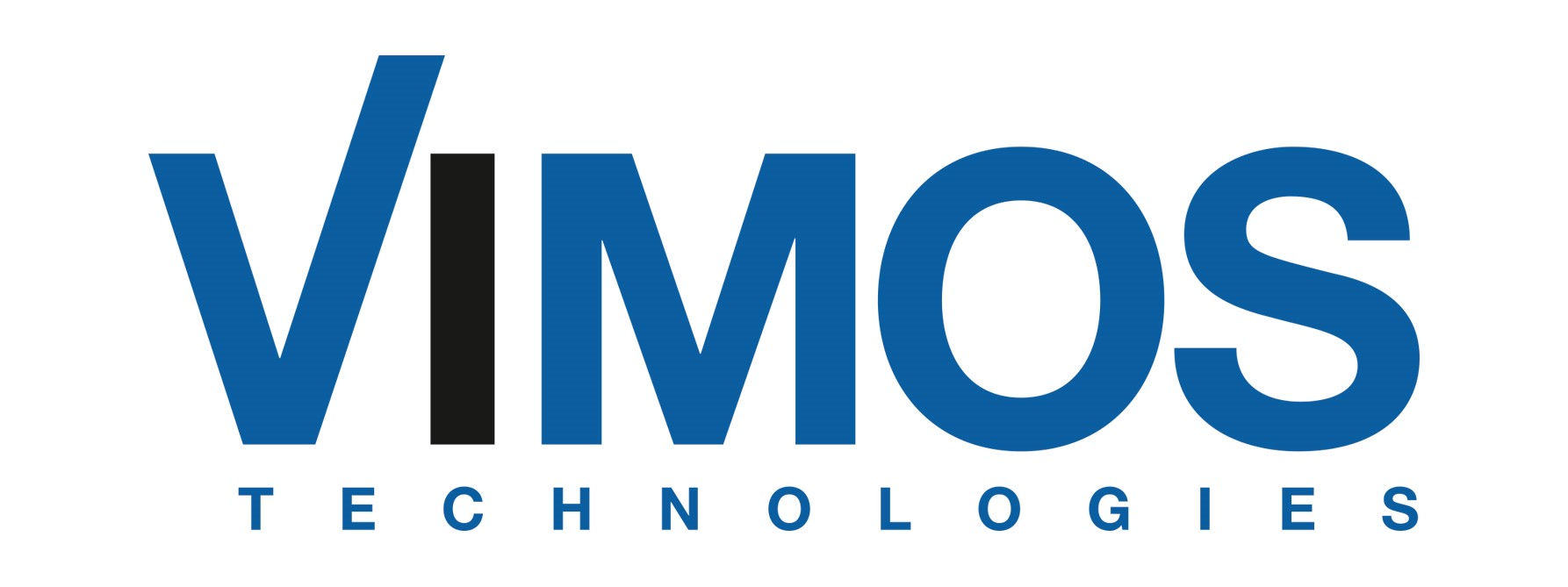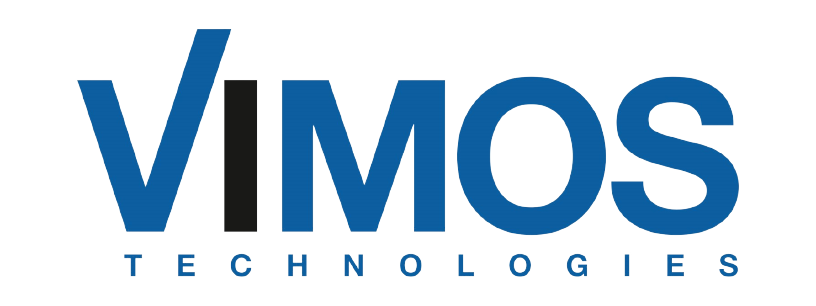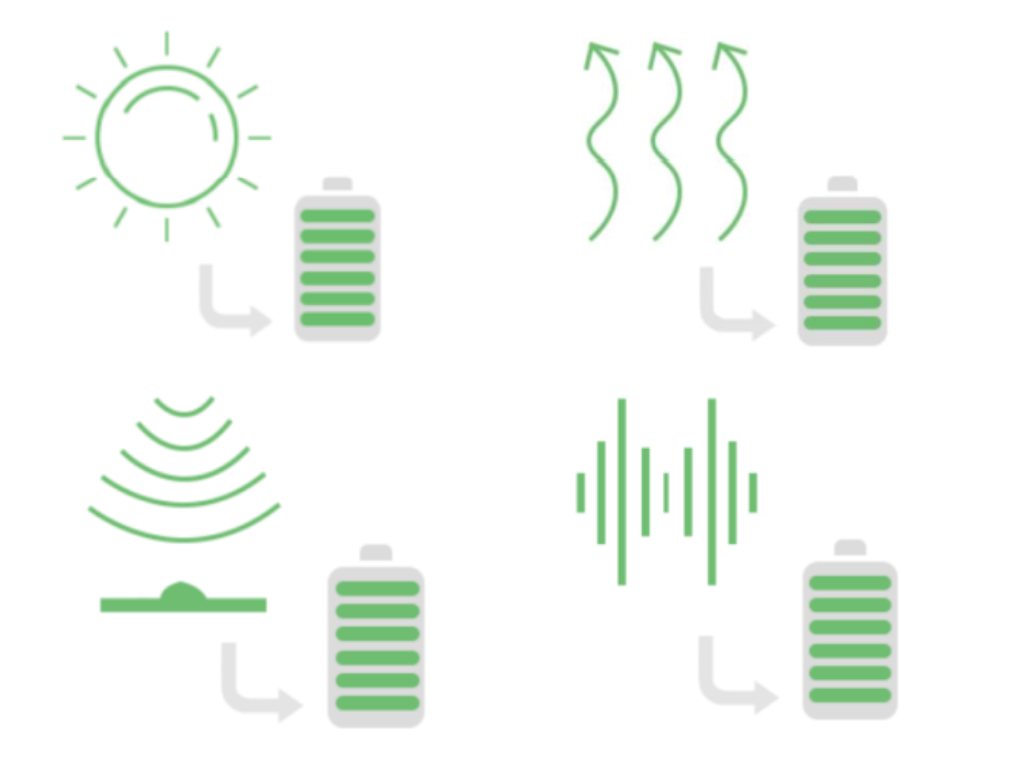With an ever-increasing degree of connectivity between devices comes the question of how to power all these devices. Stationary devices such as washing machines or surveillance cameras do usually have a constant supply of power through the grid, smaller and more portable devices do not have this luxury and must rely on batteries as their main power source.
While efficiency of such IoT devices has leaped forward in recent years through improved software & protocols such das NB-IoT or LTE Cat. M and shrunken node sizes, there is still only a limited amount of energy stored in any space-constrained device. Ultimately, any device will run out of energy and cause the need to recharge or replace the battery.
While this fact only causes mild pain in consumer applications such as light switches or smart watches; in industrial applications the replacement of batteries in sensors may not be as simple, since these IoT devices can be notoriously difficult to reach, not even on site, and/or need to be reevaluated/re-initialized after the battery has been replaced. Oftentimes, it is cheaper, to replace the drained device with a completely new one which causes unnecessary costs and lots of e-waste.
Energy harvesting (in various forms; see below) can help overcoming these issues by providing a basically endless supply of electricity to devices. Imagine a simple yet necessary smoke alarm could last 30 – 50 years instead of only 2 – 8 years…
That would reduce maintenance costs tremendously and increase safety due to less down-time.
Energy harvesting can help overcome these issues by siphoning multiple energy forms such as light, temperature differences, vibration & movement, as well as radio frequency (RF). Depending on the type of environment one solution is superior to another:
SOLAR
The most well-known way of extracting power from a lit environment is solar harvesting. Photovoltaic cells have been around for decades, reliably converting (sun-)light into electrical energy. Usually, photovoltaic cells do have very large footprint to collect as much energy as possible; while that is a feasible approach for roof-mounted solar panels, having solar cells cover large portions of small devices is either not feasible due to size constrains or aesthetic reasons. Since modern IoT devices do only need very small amounts of energy it is possible to reduce the size of these solar cells.
e-peas offers a solar harvesting PMIC (power management IC, AEM10941) with exceptionally low cold start voltage & high efficiency to reduce the size of solar cells as much as possible, enabling size & design constrained application such as (smart) watches, remote controls or cattle tracking devices.
Thermal
When there is no reliable source of light to power an application and a large enough temperature difference between in- and outside, an increasingly popular solution is the use of a thermoelectric-generator (TEG) for devices such as wearables. This concept works exceptionally well for smart watches worn on wrists. Usually the upper (display) side of the watch is exposed to the environment whereas the inside is touching a wearer’s warm wrist. E-peas offers a suiting energy harvesting IC (AEM20940) which is capable of extracting DC power form a thermoelectric element, storing this energy and suppling the application simultaneously.
Vibration/Movement
A third way harvesting energy is vibration &/or movement. Usually this is done by a Piezo-electric element (voltage induction through deformation) embedded in a switch. When pressed, the Piezo element converts kinetic to electric energy generating a small AC. e-peas AEM30940 can pick up this AC to power a MCU and store excess in small batteries or (super-)capacitors. Movement harvesting can be used to connect smart switches to devices without the need for costly wire installment. Additionally, applications for asset tracking (=moving objects) can be created.
Radio Frequency (RF)
When all the above-mentioned energy sources fail and the power requirements are extremely low, radio frequency harvesting is the way to go. With an antenna (even just a few windings on a pcb) radio waves can be converted to electric energy. This works best for stationary objects such as Electronic Shelf Labels (ESL) in warehouses or supermarkets. These labels display only static content on a low power display such as e-ink. Only when changes are made (quantity or price updates) power is consumed. Since energy extraction from RF yields very limited amounts of electricity an extremely power efficient harvesting solution needs to be put in place. Again, the AEM30940 is able to work on these extremely low energy inputs suppling enough voltage for operation of an MCU and charging of an energy storage such as batteries or capacitors. Best case: this PIMC is paired with e-peas EP112 RF SMD antenna to increase efficiency even further.
There are multiple ways of powering your IoT application without the need for recharging or battery replacement. Depending on the individual environments or power requirements your application is faced with multiple energy harvesting methods can be applied to extract a maximum of energy for your application.
To find out more give us a call or Contact Us and let’s discuss what is the right solution for you.


